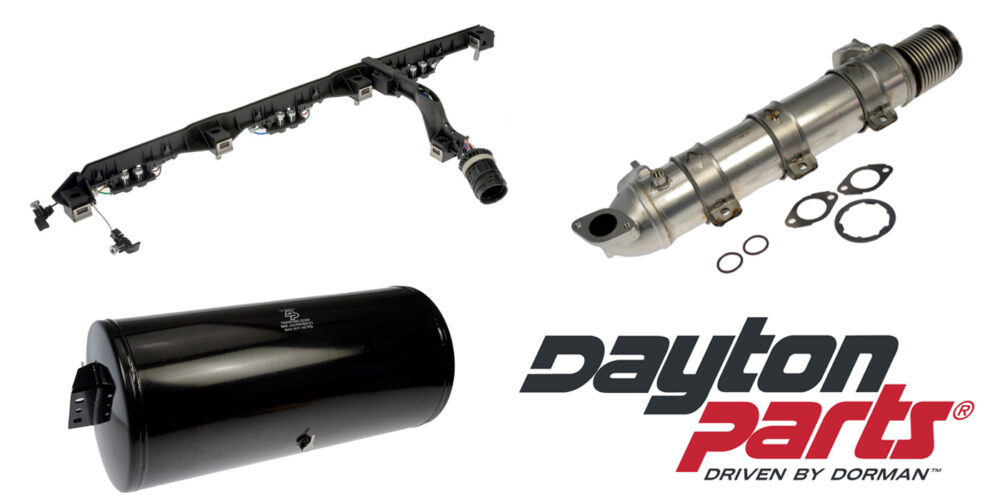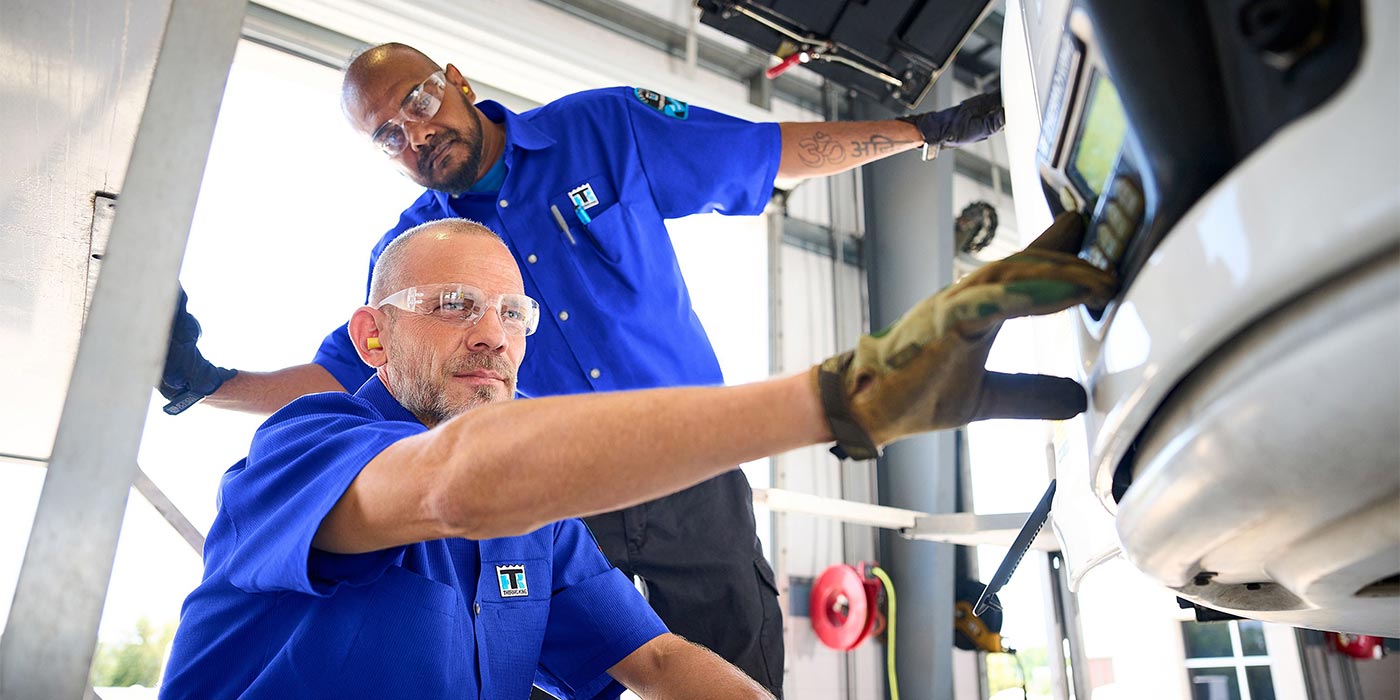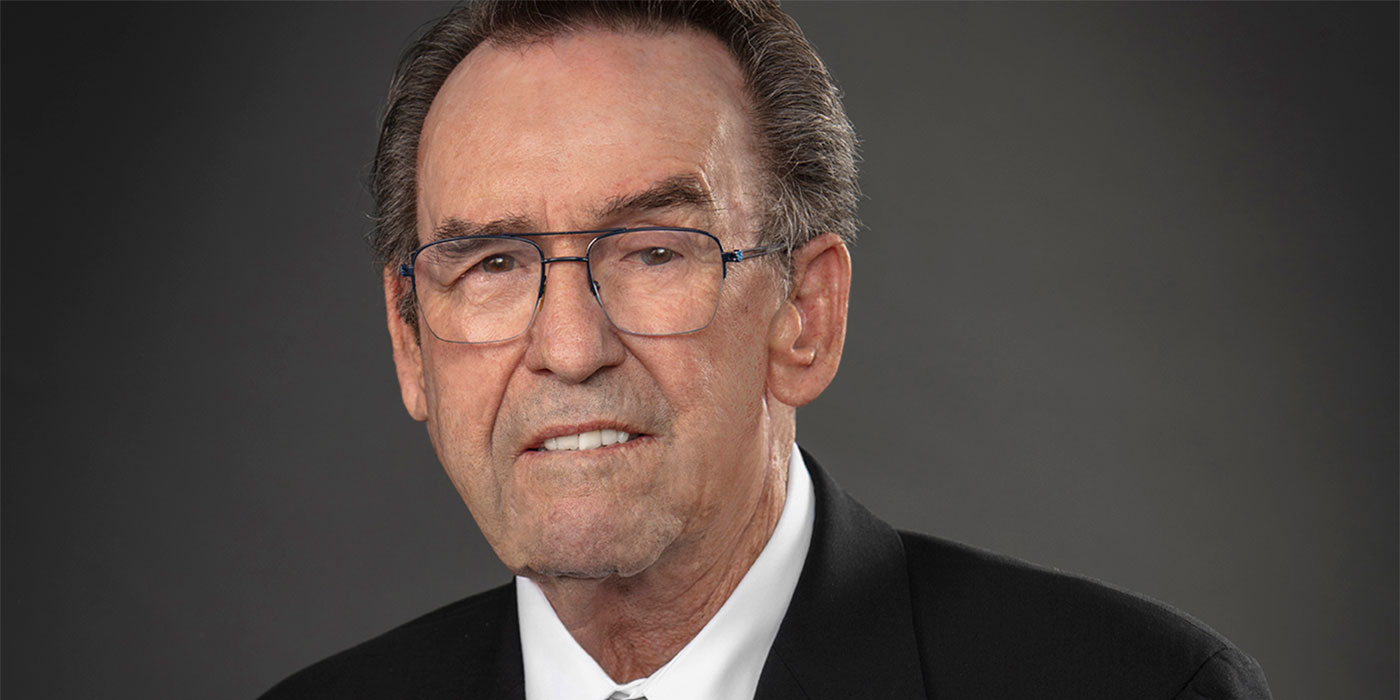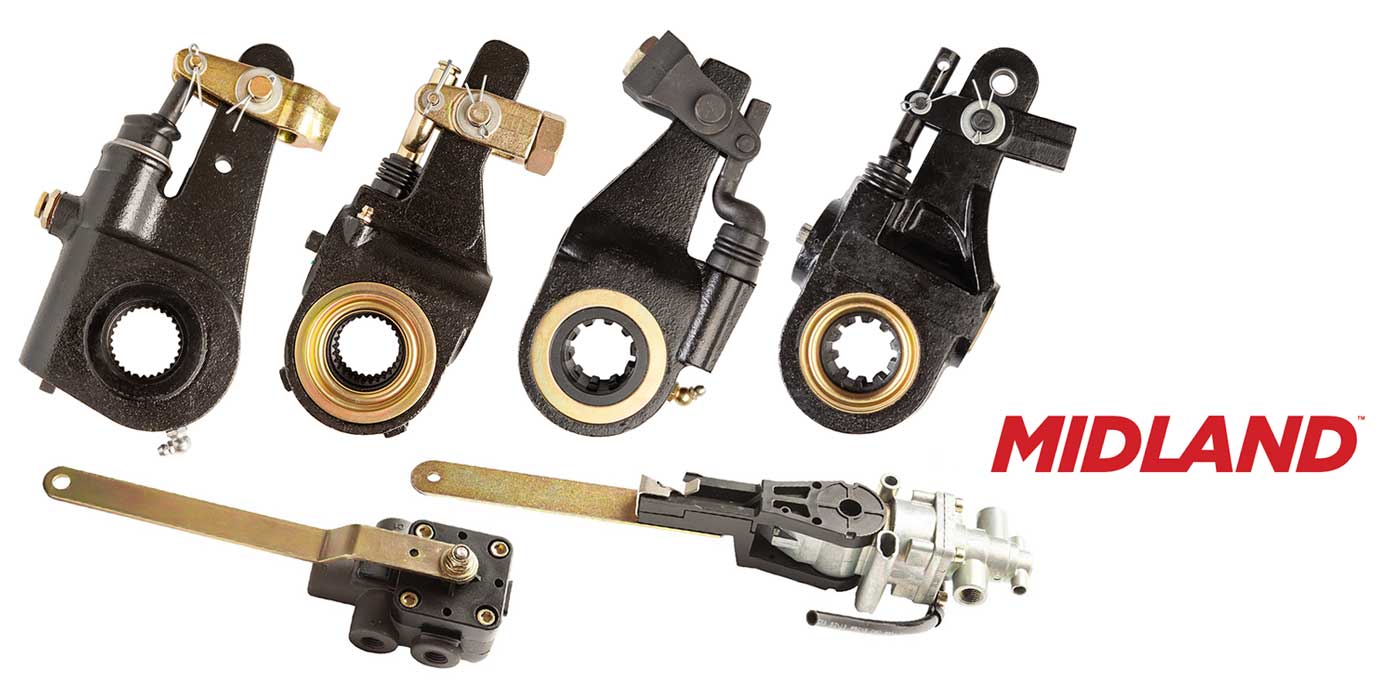The director of research for the Consumer Federation of America (CFA) recently stated he wants a 60 MPG fuel economy standard for passenger cars and light trucks by 2025. According to him, a 60 MPG vehicle would save the owner $1,000 in fuel costs over and above the increased vehicle cost by the time the car loan was paid off.
We have not yet identified the technology needed to obtain 60 MPG with internal combustion engines, yet this bureaucrat already knows how much it will cost. Amazing! Currently, the only way to achieve 60 MPG is to utilize electric vehicles and questionable fuel economy calculations. I’ll grant you that a 60 MPG light-duty internal combustion vehicle would be fantastic in regards to fuel economy, global warming and foreign energy dependence, but it’s not yet feasible.
The 91 CID-powered Opel we used to set the Shell Mileage Marathon world record at 359.76 MPG (using accelerate and coast techniques) produced only 75-80 MPG under typical highway operating conditions. And this was with tires inflated to 200 PSI and no suspension—with approximately 25 HP. I don’t think the typical consumer would flock into dealers’ showrooms to purchase one.
Since the EPA did its 180º turnaround on exhaust emissions regulations, both light- and heavy-duty OEMs are working feverishly to improve vehicular fuel economy and reduce global warming. But this isn’t an easy task. In the final analysis, the vehicle must do the work for which it was intended without making the operator suffer needlessly. Then they must convince the public to purchase one.
We hear electric vehicles are going to solve all GHG and emissions problems. All-electric vehicles make sense for a few of the population who drive less than 40-50 miles daily and can allow the vehicle to sit for six to eight hours while the batteries are recharged. And the recharging of these batteries generates significant emissions. If our nation used hydro, natural gas or nuclear power to generate electricity, emissions would indeed be significantly less, but most of our electrical energy is generated by burning coal. And what about the replacement cost for lithium ion batteries? We don’t hear much discussion about that topic, but practical people know they will have to be replaced every few years. Electric vehicles have only limited applicability in our society.
The electric car does have two distinct advantages: maximum torque the instant the throttle is depressed, and minimal noise. Perhaps a hybrid electric vehicle makes a little more sense for a larger portion of the population.
Natural gas (and propane) powered vehicles are also not the total solution. They’ve been around since the ‘60s, and they do a great job. But the absence of a refueling infrastructure limits their use to only centrally fueled fleets. The obvious fuel choice if we had the correct infrastructure to refuel gaseous powered vehicles would be hydrogen.
Now is a great time to utilize natural gas-fueled vehicles, even considering the high initial cost, because the cost of natural gas is so low. But remember the cost of natural gas always increases significantly when demand increases. Compare the cost of natural gas or propane in the summer to the cost in winter.
Please don’t misunderstand me. There are several people out there saying global warming isn’t real, but they are misguided. Global warming is real. We are deforesting our planet and industrializing third world countries at an unbelievable pace. We must all put global warming into our thought and planning processes before it is too late.
I believe diesel fuel currently makes the most sense to minimize GHG. Better solutions may eventually materialize, but diesel is the fuel to bet on in the near term.













